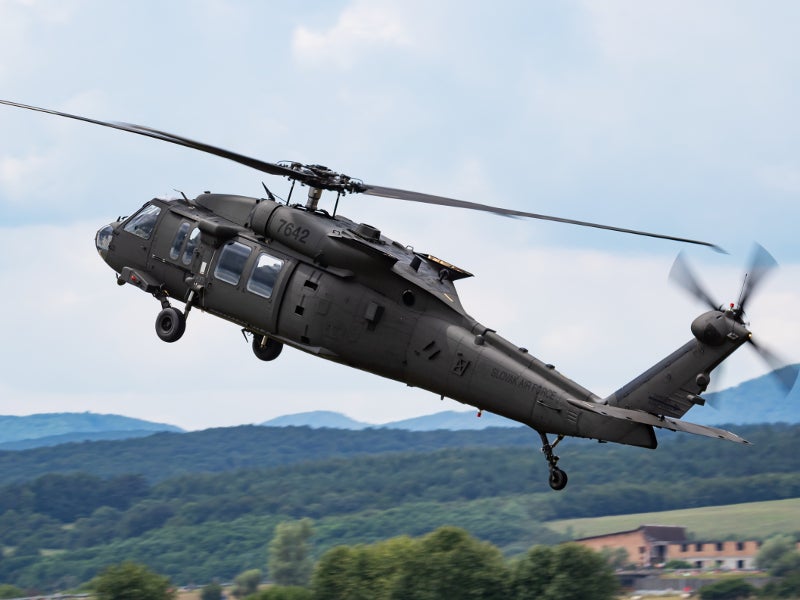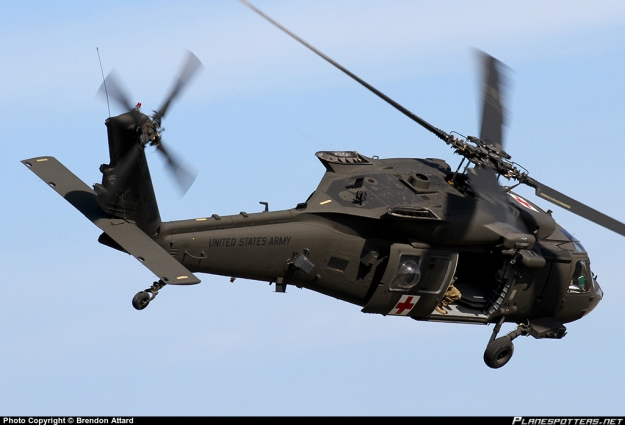Achieving Quality: Key Methods for UH 60 Helicopter Upkeep
Achieving Quality: Key Methods for UH 60 Helicopter Upkeep
Blog Article
Navigating Uh 60 Helicopter Regulations and Compliance Requirements

Regulatory Framework Overview
The regulative structure controling UH-60 helicopter procedures includes a facility set of rules and criteria developed by aviation authorities. These laws are made to ensure the efficient and safe operation of UH-60 helicopters in different atmospheres. The Federal Air Travel Management (FAA) plays a central role in developing and applying these regulations, which cover a large range of operational elements, consisting of airworthiness criteria, pilot certifications, upkeep needs, and functional treatments.
Conformity with these policies is necessary for helicopter operators to preserve the greatest levels of security and operational stability. Failure to adhere to these laws can cause serious effects, including accidents, injuries, and regulative sanctions. Consequently, helicopter operators should stay notified concerning the most recent regulatory advancements and ensure that their operations remain in full conformity with all applicable guidelines and criteria.
Airworthiness Regulations and Assessments
Among the governing framework governing UH-60 helicopter procedures, a critical emphasis pushes conformity with Airworthiness Directives and conducting detailed examinations to support security criteria and operational dependability. Airworthiness Instructions (Advertisements) are released by aeronautics authorities to deal with hazardous conditions in airplane, consisting of the UH-60 helicopter, and required details activities to be taken by operators or owners. Compliance with ADs is mandatory, and failure to stick to these directives can lead to severe consequences, consisting of grounding of the airplane.
Routine assessments are extremely important to guaranteeing the airworthiness of UH-60 helicopters. By adhering to a rigorous examination regimen, drivers can detect and deal with prospective issues quickly, therefore boosting the security and integrity of UH-60 helicopter procedures.
Pilot Credentials and Training

Pilot training for UH-60 helicopters is detailed and covers a wide variety of subjects, consisting of airplane systems, emergency procedures, navigation, and mission-specific training. Additionally, pilots undergo simulator training to practice numerous emergency circumstances in a controlled setting. This training helps pilots develop the needed abilities to handle tough circumstances properly.


Additionally, recurring training and professional development are crucial for UH-60 pilots to stay existing with the current laws, technology, and finest methods. By buying pilot certifications and training, drivers can improve security, optimize efficiency, and make sure imp source compliance with regulatory requirements in the operation of UH-60 helicopters.
Operational Limitations and Demands
Pilot credentials and training function as the structure for understanding the operational constraints and demands associated with UH-60 helicopter procedures (uh 60). These operational constraints are put in location to make sure the safety of the staff, guests, and the aircraft itself. Operational constraints may include aspects such as weather condition conditions, weight restrictions, altitude restrictions, and operational boundaries. It is crucial for pilots to be fluent in these restrictions to make enlightened decisions during trip procedures. Additionally, compliance needs, such as sticking to details trip courses, communication procedures, and emergency situation treatments, are crucial for preserving operational safety and security and regulatory compliance. Pilots should remain current with all functional constraints and requirements via normal training, rundowns, and reviews to mitigate threats and make sure risk-free and reliable UH-60 helicopter operations. By focusing on adherence to these operational guidelines, pilots can enhance the general safety and efficiency of their objectives while maintaining regulative standards.
Emergency Procedures and Compliance Testing
Reliable emergency treatments and thorough compliance testing are essential components of keeping functional security and regulative adherence in UH-60 helicopter operations. Emergency treatments encompass protocols for different situations, including engine failings, fires, hydraulic problems, and much more. Pilots and team participants have to be well-versed in these treatments to react promptly and these details effectively in emergency situations. Normal conformity testing ensures that the helicopter fulfills all regulative demands stated by aeronautics authorities. This screening entails detailed examinations, checks, and examinations to verify that the airplane is airworthy and in compliance with all appropriate guidelines.
In addition, conformity testing may include simulations of emergency scenarios to assess the team's feedback and the helicopter's efficiency under stress and anxiety. By prioritizing emergency situation procedures and conformity screening, UH-60 drivers can mitigate threats and demonstrate their dedication to security and governing conformity.
Conclusion
In verdict, adherence to governing structure, conformity with airworthiness regulations, pilot credentials and training, operational restrictions, and emergency procedures are crucial for navigating the laws and requirements of operating a UH-60 helicopter. uh 60. It is essential for drivers to prioritize safety and ensure full conformity with all relevant policies to keep the airworthiness and operational honesty of the aircraft
Navigating the regulative landscape surrounding UH-60 helicopter procedures requires a nuanced understanding of the detailed web of rules and compliance demands.Compliance with these laws is vital for helicopter operators to preserve the highest possible levels of safety and security and functional stability.Among the regulatory structure controling UH-60 helicopter procedures, a critical emphasis lies on conformity with Airworthiness Directives and conducting extensive evaluations to support safety and security standards and functional reliability.Effective emergency situation procedures and extensive compliance screening are crucial parts of keeping functional safety and Resources regulative adherence in UH-60 helicopter procedures. Normal compliance testing guarantees that the helicopter meets all regulatory needs established forth by aviation authorities.
Report this page